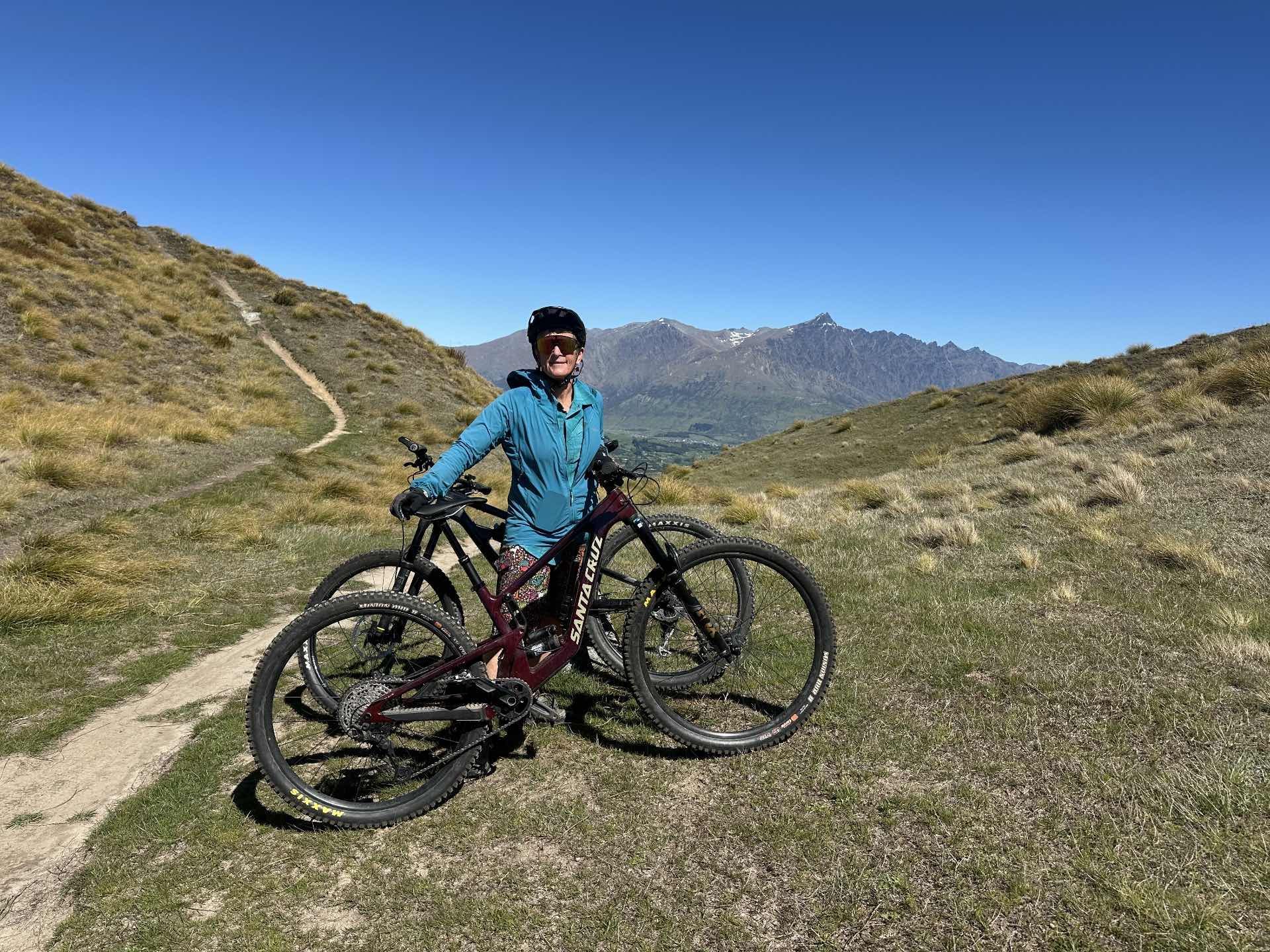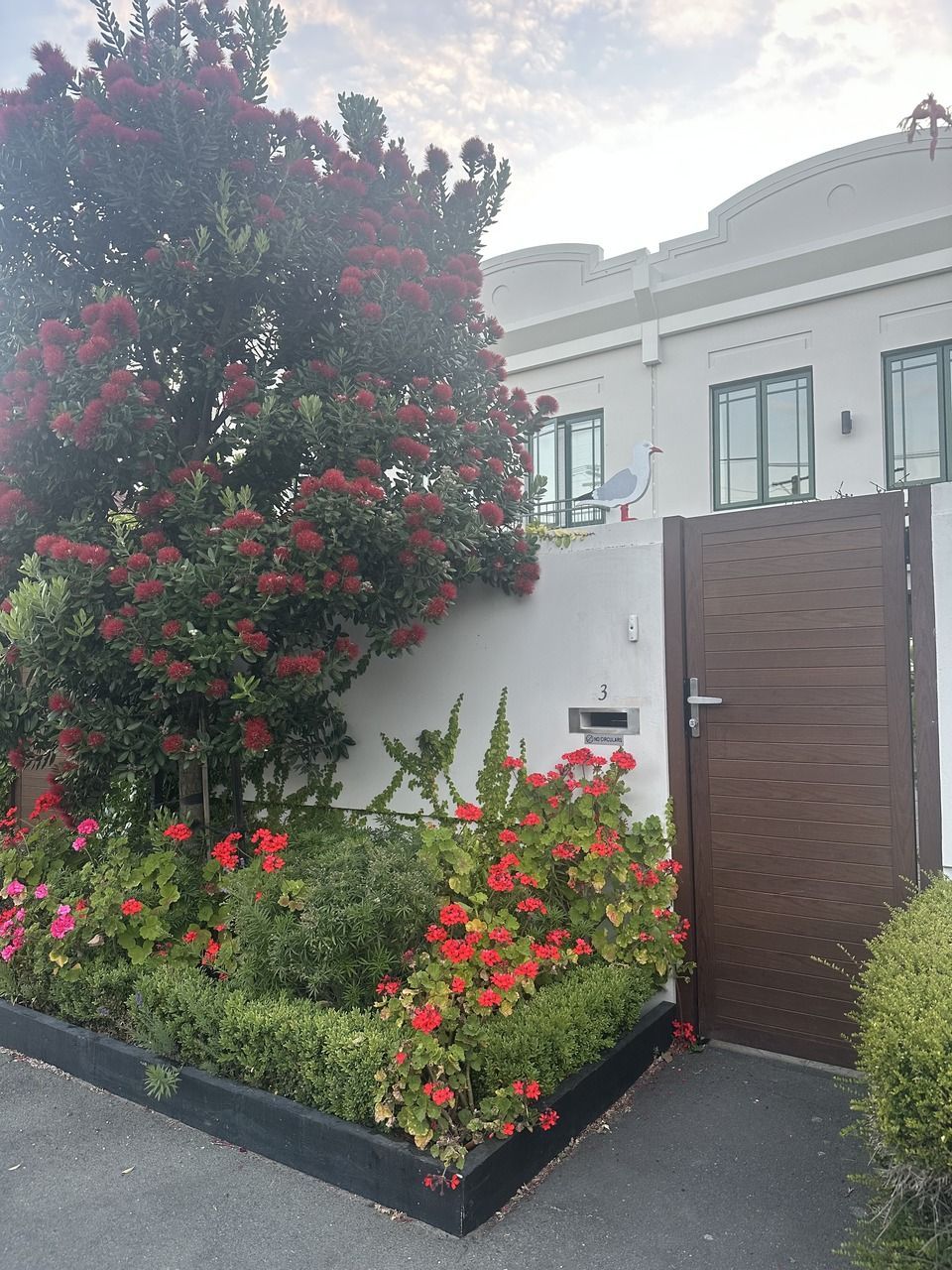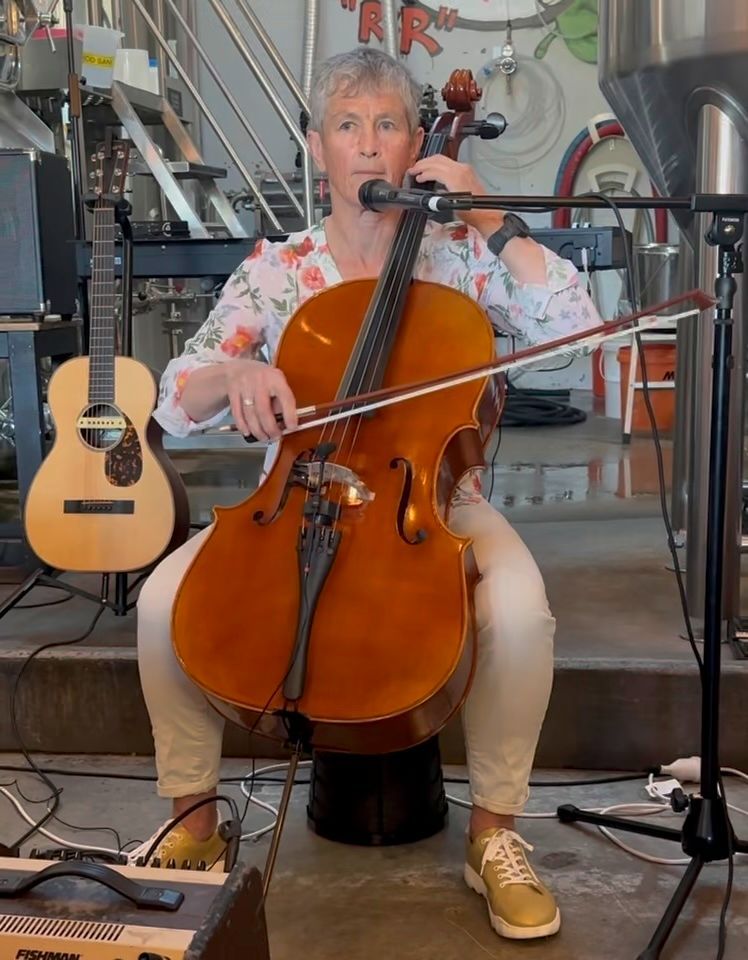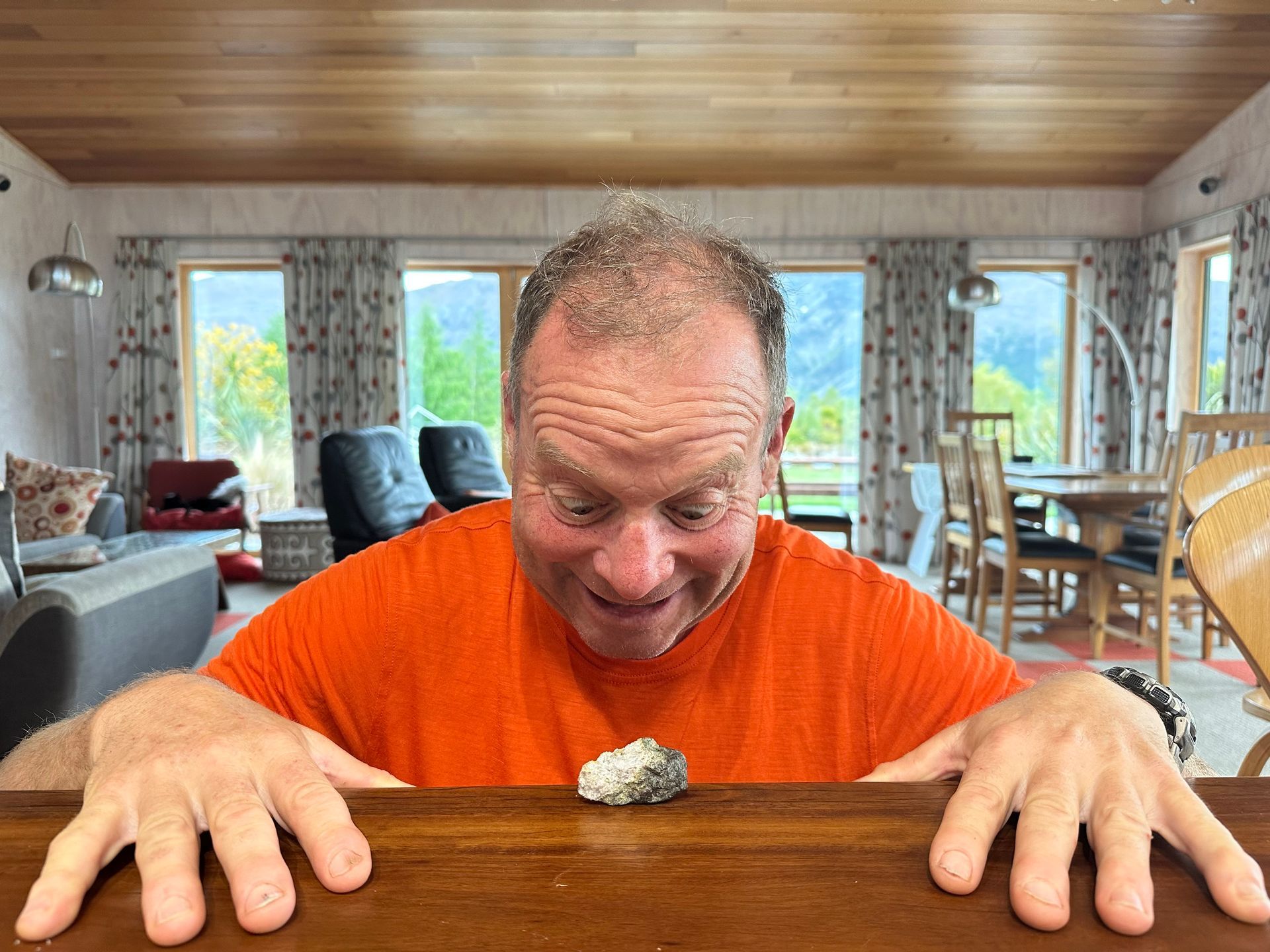The value of risk
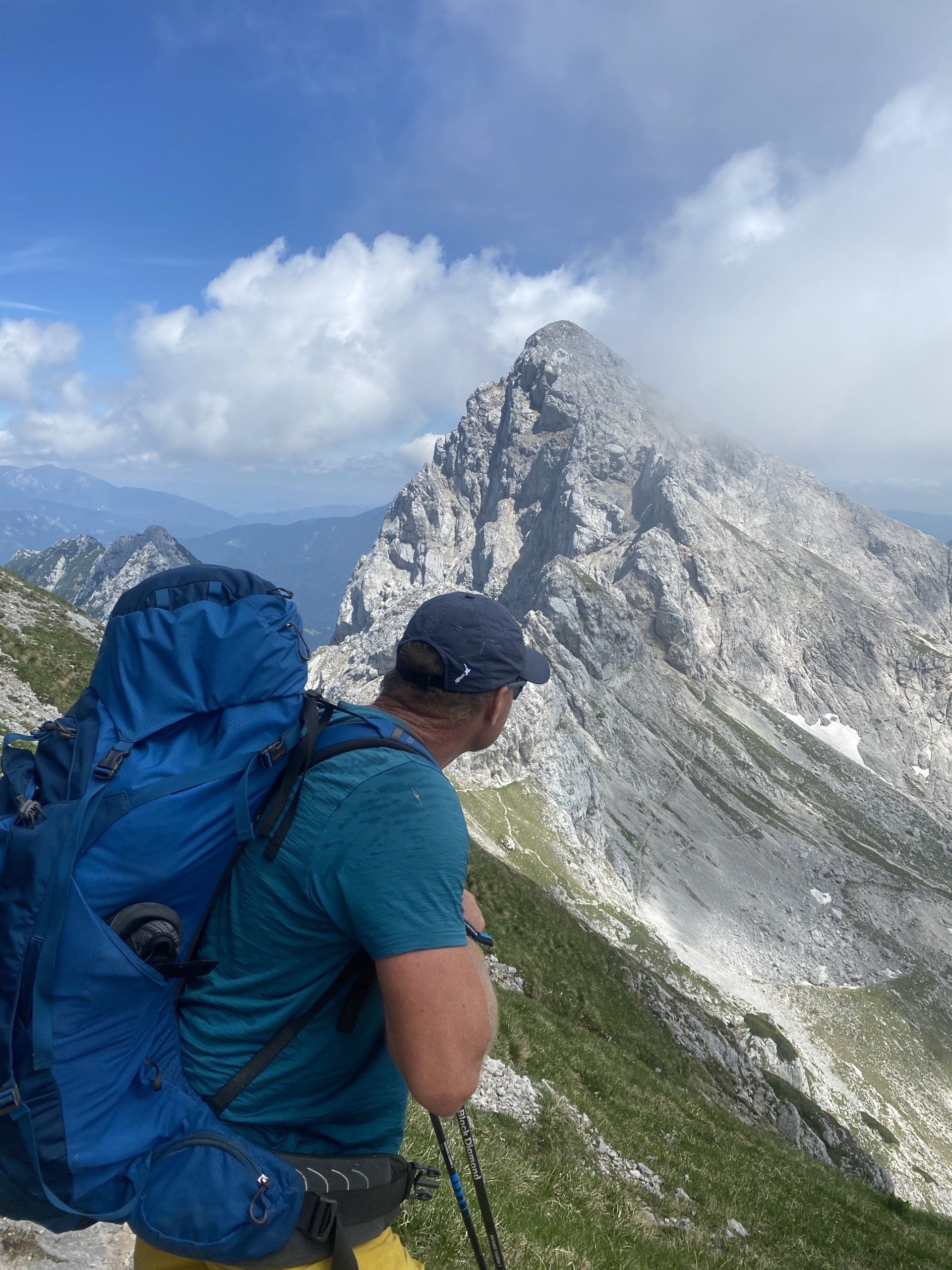

The mountains in Slovenia (at least the Kamnik Alps where we have been the last 4 days) turn out to be very steep and the people very fit. People of all ages and shapes and sizes are out walking briskly or slowly up gradients rarely broken by a zig-zag track. The Slovenian approach to steep mountains appears to be ‘straight up is best’. And the Slovenian approach to falling off very steep mountains appears to be, “That happens'” Concern is expressed, and clarity given as to how injured the person is. However, there is a very clear statement that, if you climb mountains there is a chance of falling off, and the risk of falling is part of the point of the exercise.
We heard this said yesterday when someone fell off a peak opposite the koča (hut) in which we were staying. We knew there was likely to have been an accident because a helicopter came in and out again as we walked across a small stretch of Austria between Slovenian saddles. Slovenia doesn’t have a lot of helicopters – they are only owned by military and police, so it was either an exercise or a rescue. At around 350km west to east and 150km north to south the country doesn’t need a lot of helicopters. As a complete aside, it is unusual for us to visit a country which has a population smaller than New Zealand’s (2 million people).


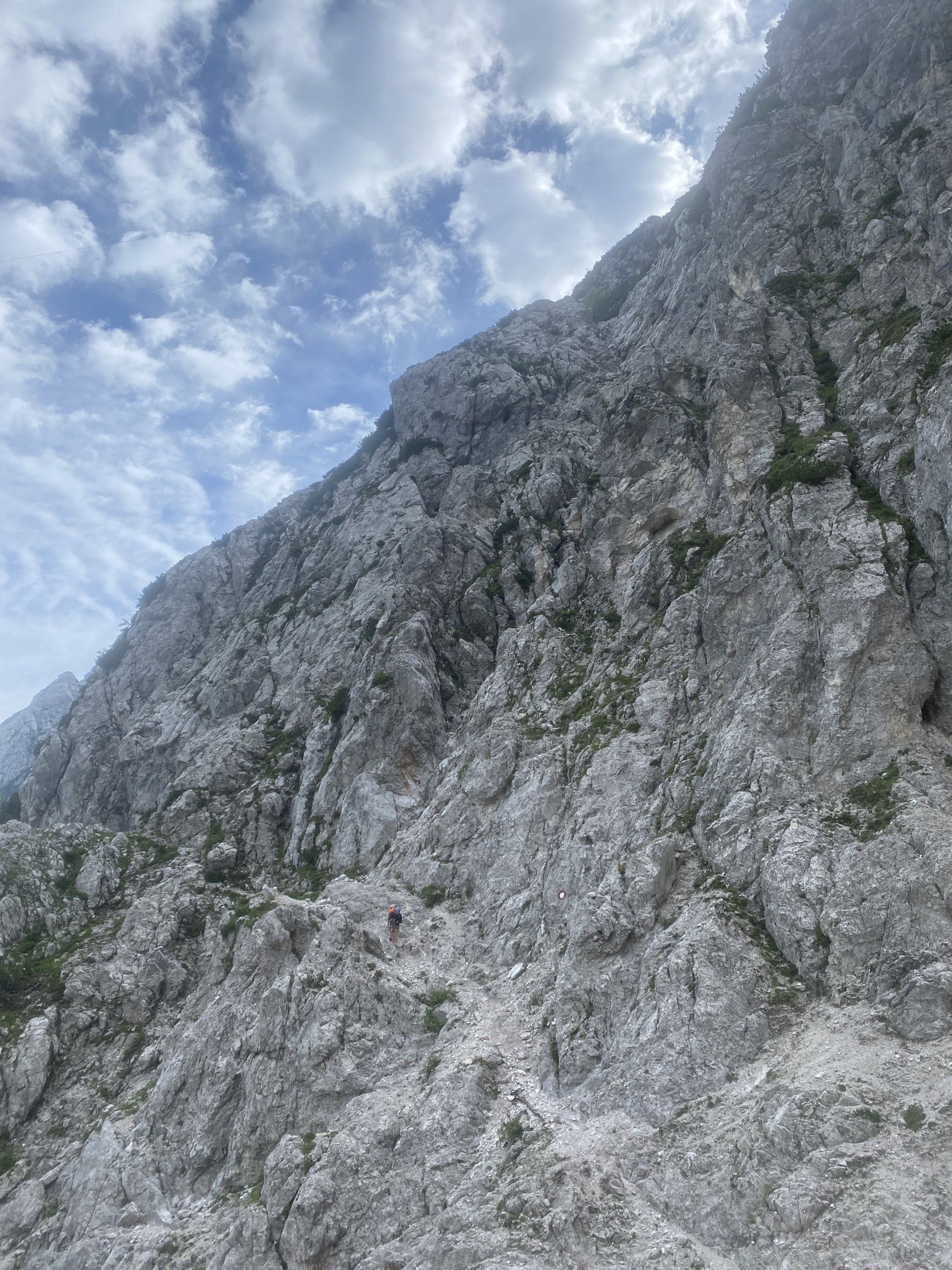
There’s some pretty challenging climbing in this part of Slovenia that we are never going to get close to, but today we did a very low end climb – a Grade B ‘via ferrata’ (or ‘iron path’). A ‘via ferrata’ is a climbing route with permanent assistance in the form of steel pins and rungs you can stand on and hold, and cables you can clip your harness onto to prevent a big fall. Via ferrata are graded according to steepness, length and the amount of protection with A being the easiest and F the hardest. Grade B means it is nice to have via ferrata kit to prevent yourself falling, particularly if you have a big pack, but any competent rock climber would breeze up or down without protection. For us, via ferrata protection meant a cliff that looked impossible became an activity where we could enjoy the exposure of steep rock without feeling scared – it was lots of fun.
Via ferrata exist in a number of parts in Europe and particularly in Italy and Austria. Their construction commenced in the late 1800s (though people will have been using fixed aids to get around the European mountains for centuries). Several via ferrata were built in the Italian Dolomites to move troops around during WWI and the Dolomites is a particularly famous area in which to do via ferrata.
We chose our route based on a discussion with other people walking along the Slovene Mountain Trail and the managers of the koča where we were staying. Koča managers here do not ask where you are going or what you are doing, or tell you what you ought to do or what you ought not to do. If you ask them for the weather forecast or advice on routes they will give it, but otherwise they leave you to make your own judgment (and they will be sorry if you fall, but that’s what happens in the mountains…).
I find this attitude a huge relief, compared to today’s New Zealand where it seems that a single accident can result in restrictions for everyone who was previously engaging in that type of activity. And where our Department of Conservation has an active risk avoidance policy that restricts people’s freedom to be in the outdoors and doesn’t encourage them to make their own sound decisions. For example, on the ‘Great Walks’, wardens tell people whether they can go forward rather than giving them the information and leaving them to conclude what is safe for them or not.
I hazard a guess that DoC would have a conniption at the thought of via ferrata in New Zealand. Who would certify them? Who would check them? Who would be blamed if someone fell off one? In Slovenia, local clubs own and maintain koča and also maintain the trails in their area (and decide to close them). I specifically like this approach of community being responsible for the trails in their area from the point of view that they are the people most likely using them, so they have the most interest in them being safe. The Alpine Association of Slovenia covers 291 clubs who own 171 huts, and over 2000 trails which are more than 10,000km in length, but the Association does not manage anything country-wide.
The question remains, if someone gets lost, injured or dies, is anyone blamed? So far I can’t find out here, but the general attitude suggests that blame and reduction in risk exposure is not a huge part of the culture. However, finding someone or something at fault has become the big question in New Zealand. I feel like during my lifetime, New Zealand has become increasingly insistent about asking ‘Who is to blame?’ and trying to make sure each individual accident can be avoided in the future, supposedly in the interests of making us safer. However, I think we have reached a point of risk avoidance that is to our collective detriment.
There is a level of safety that is reasonable and good, but infinite safety is not infinitely good – there is a balance to be struck between protection and exploration and experience. Our Slovenian experience is reminding me how I really hope New Zealand’s national risk tolerance pendulum is currently at its furthest extent. It is time we stopped trying to reduce risk at the cost of preventing or impeding access to many experiences from which many people will benefit.

